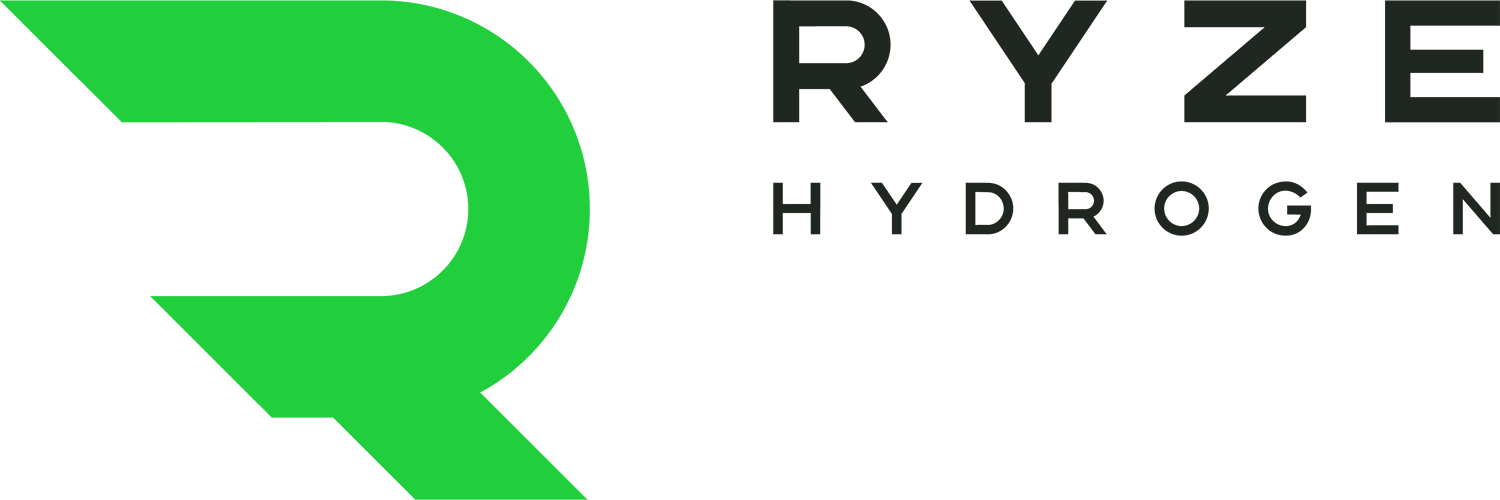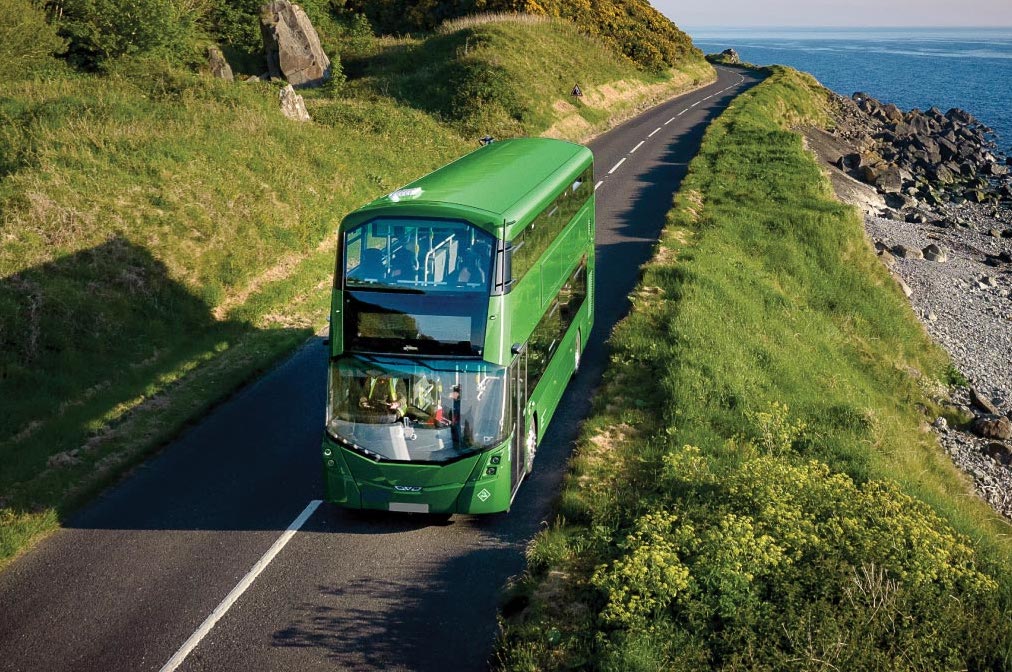The IEA’s ‘Net Zero Scenario’ requires transport sector emissions to fall by around a quarter by 2030, even as transport demand continues to grow. This is not surprising as Transport accounts for more than a third of CO2 emissions from end‐use sectors.
As we reach the mid-point of this decade, the need to embrace electric and hydrogen fuel-cell heavy-duty vehicles is greater than ever for substantial emissions reductions.
In the race toward a sustainable future, decarbonising heavy mobility stands as a paramount challenge.The scale, impact and nuances of emissions from heavy transportation means that a dual strategy integrating both electrification and hydrogen technology is the comprehensive approach to effectively decarbonise the sector.
This harmonises the strengths of each technology, addressing challenges and accelerating the transition toward cleaner and greener transport solutions. As power grids adopt renewable sources (over half of the U.K. grid’s power now comes from renewables), electric vehicles become progressively cleaner. Their inherent energy efficiency, coupled with fewer moving parts, results in lower operational costs and increased energy security.

Hydrogen technology has emerged as this vital counterpart to complement electrification for trucks and buses, offering extended range and quick refuelling. © Ryze Hydrogen, 2024
Ongoing advancements in battery technology and charging infrastructure further enhance the performance and viability of electric vehicles, steering the transportation sector towards a more sustainable future. While electrification offers substantial benefits, it encounters challenges in certain heavy mobility applications. The limited energy density of batteries poses challenges for long-haul and high-energy-demand operations, such as heavy-duty trucks and certain marine vessels. Moreover, charging infrastructure development faces hurdles in accommodating the high-power needs of these vehicles, impacting their range and efficiency.
Despite these challenges, many urban transit buses, delivery vans, and short-haul trucks have of course witnessed effective electrification deployments. The introduction of electric buses in public transportation fleets showcases the feasibility and environmental impact of electrification, in specific use cases.
However, a comprehensive solution requires considering the unique demands of diverse heavy mobility (not all truck and bus requirements are the same!), prompting the need for a complementary approach, which is where hydrogen technology comes in.While electrification excels in certain applications, its challenges in high-energy-demand scenarios and long-haul operations necessitate a complementary alternative option.
Hydrogen technology has emerged as this vital counterpart, offering extended range and quick refuelling.
A notable example of this synergy is evident in Wrightbus, partner company to Ryze, and UK market-leading manufacturer producing both electric and hydrogen-powered buses. Wrightbus offers a wide range of zero emission buses in Europe and the UK, including single and double deck hydrogen and battery electric buses.

Pictured: Wrightbus CEO Jean-Marc Gales, with a Wrightbus hydrogen powered Hydroliner and a Wrightbus electric Electroliner bus; both buses are hugely in demand for a diverse range of different requirements.
In February 2024 no sooner had UK Bus operator Stagecoach ordered another 16 state-of-the-art battery electric zero-emission buses from Wrightbus for London, than the German transport company Saarbahn GmbH then ordered 28 Kite Hydroliners also to be delivered this year.
Together with Saarbahn Netz GmbH, Saarbahn GmbH transports around 43.7 million passengers by road and rail every year. Jean-Marc Gales, Chief Executive of Wrightbus, said: “This is a significant deal for Wrightbus, Saarbahn GmbH and the people of Saarland. We are delighted to deliver even more zero-emission buses in support of clear net zero targets.
“Saarbahn is the largest public transport operator in Saarbrücken and the surrounding area. Therefore, adding hydrogen buses to the fleet will have a significant positive impact on the region’s environment.”
The order is another striking deal for Wrightbus in the European market, following orders in Germany from West Verkehr, which will receive 12 single-deck Kite Hydroliners, and Regionalverkehr Köln GmbH (RVK), which has signed a contract for up to 60 Kite Hydroliners.
The dual technologies allow Wrightbus to cater to diverse requirements in the heavy mobility sector. Electric buses excel in short-haul and urban transit, providing an efficient solution for these applications. Simultaneously, hydrogen-powered buses prove indispensable for long-haul routes and scenarios demanding extended ranges, showcasing the effectiveness of combining these technologies.

Pictured: Wrightbus CEO, Jean-Marc Gales. © Ryze Hydrogen, 2024
The future trajectory of decarbonising the heavy mobility sector hinges on the continued adoption and evolution of both electrification and hydrogen, as they each play increasingly integral roles in shaping the landscape of sustainable transportation.
Recognising both technologies, industries and policymakers can help develop an environment that embraces the versatility and synergy of electrification and hydrogen solutions, ensuring a sustainable and environmentally conscious heavy mobility sector for generations to come.
© Ryze Hydrogen, 2024






